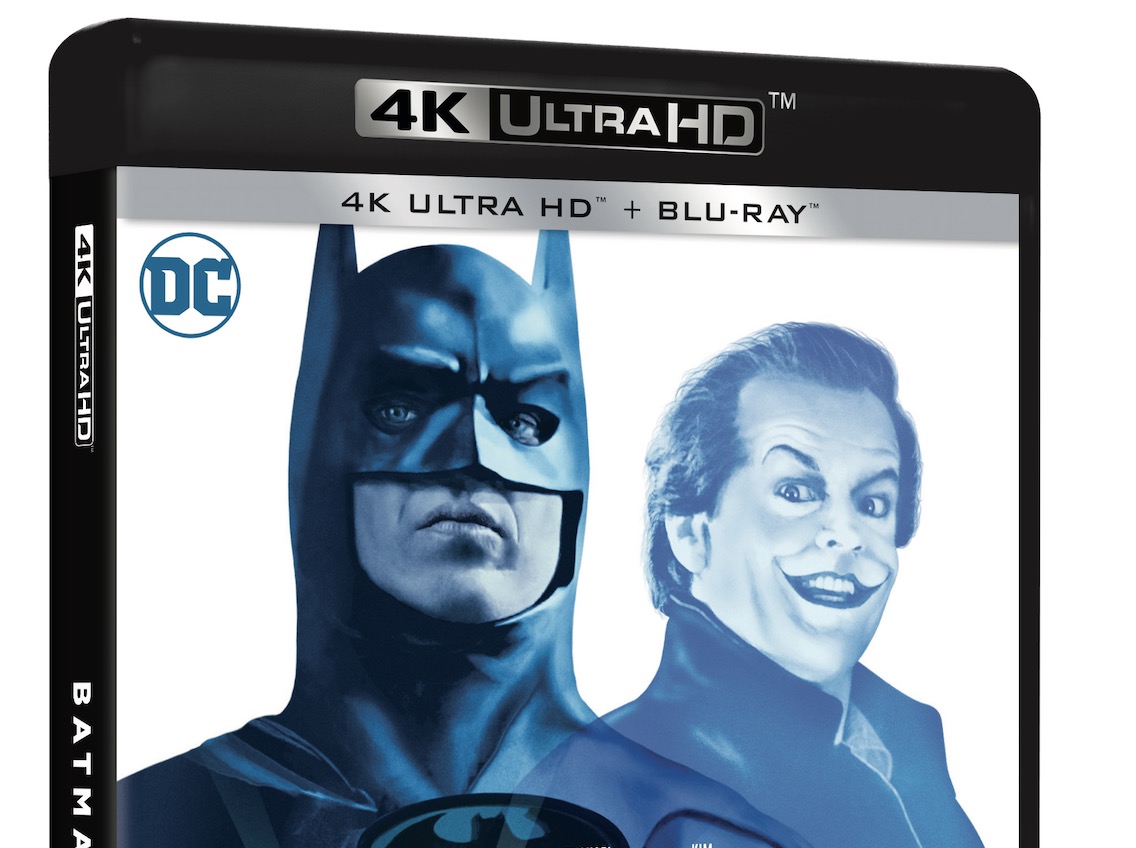TL;DR
Rediscover the dark, brooding 1989 Batman that kicked off "Bat-mania"! Tim Burton's vision brought a serious, character-driven take on the Caped Crusader, a stark contrast to its campy predecessors. Despite initial casting doubts, Michael Keaton's Batman and Jack Nicholson's iconic Joker captivated audiences and critics alike. This 4K UHD release impressively preserves the film's original grit, enhancing detail and delivering a solid sound experience, especially for Danny Elfman's unforgettable score. While bonus features are older, the film itself is a landmark achievement in superhero cinema. Dive into the details of this beloved classic's stunning revival and decide if this 4K transfer lives up to the legend.
In June of this year, Tim Burton‘s groundbreaking film adaptation of Batman reached its 30th anniversary. While some may not recall, the summer of 1989 was dominated by “Bat-mania,” with the Batman emblem prominently displayed everywhere—from billboards to apparel, toys, and even coffee mugs. The film’s journey to the screen was arduous, with the rights holders, including Professor Michael Uslan, persevering for ten years to bring it to fruition. For younger audiences at the time, film classification boards restricted access to the theatrical release.
Background: Warner Bros. acquired the DC Comics library, but in the 1960s, comic books were largely considered disposable entertainment for children, exemplified by the campy Batman TV series featuring glitzy costumes and villains defeated with onomatopoeic animations (“boom! Pow! Bang!”).
Warner Bros. initially prioritized the Superman license, anticipating a major success. This proved accurate with the release of the film starring Marlon Brando and Christopher Reeves. Progress on a Batman film was slow until record mogul Peter Guber became involved, subsequently recruiting Tim Burton, fresh from the success of Beetlejuice and Pee-Wee’s Big Adventure. Burton’s vision centered on a dark, serious tone, focusing on Bruce Wayne, the man behind the mask. This approach proved successful.
Burton’s film achieved significant box office success, despite initial reservations regarding Michael Keaton’s casting as Batman. Jack Nicholson’s portrayal of the Joker earned him an Oscar nomination. Sean Young was initially cast as Vicky Vale, but was replaced by Kim Basinger due to an accident shortly before filming. Michelle Pfeiffer was also considered for the role, ultimately appearing as Catwoman in the sequel. The film’s production was surrounded by considerable excitement and behind-the-scenes drama, predating the era of social media where fan opinions would have amplified these narratives.
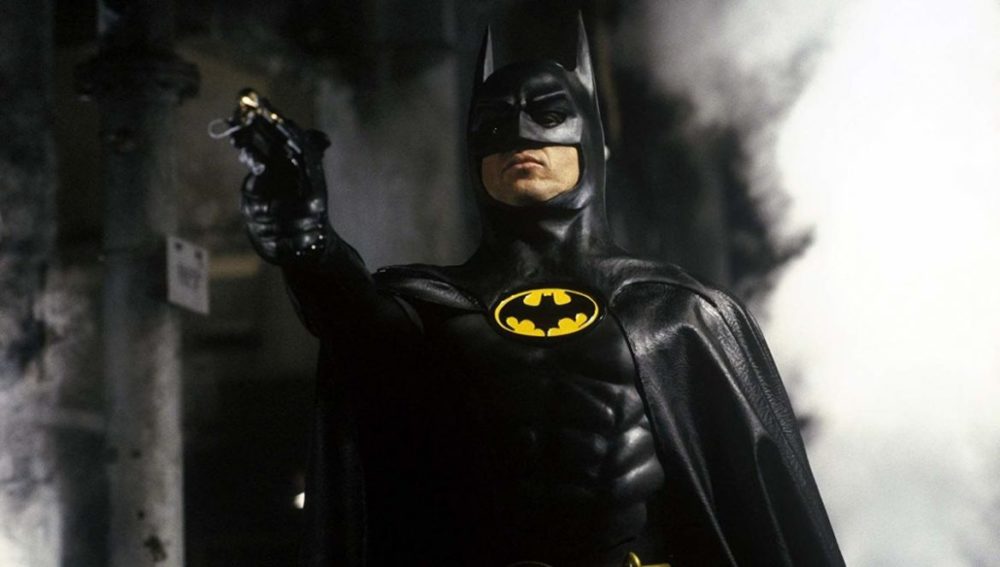
The film Batman (1989) presents an origin story detailing Bruce Wayne’s transformation into the crime-fighting vigilante and Jack Napier’s metamorphosis into the Joker. While incorporating elements from Frank Miller’s The Dark Knight Returns and Alan Moore’s The Killing Joke, it remains a more faithful adaptation of the source material than Nolan’s later trilogy.
Batman 1989 – Image UHD
Scanning classic 35mm film for Ultra HD 4K often reveals imperfections in the original material. Sets and matte paintings can appear soft, and the wires used for aerial stunts are sometimes visible. The characteristic 35mm grain is largely preserved, and colors retain their authentic appearance, distinct from the hyper-saturated visuals of modern digitally animated superhero films (such as Aquaman). The UHD transfer enhances black levels and contrast ratio, revealing impressive detail in facial features and clothing.
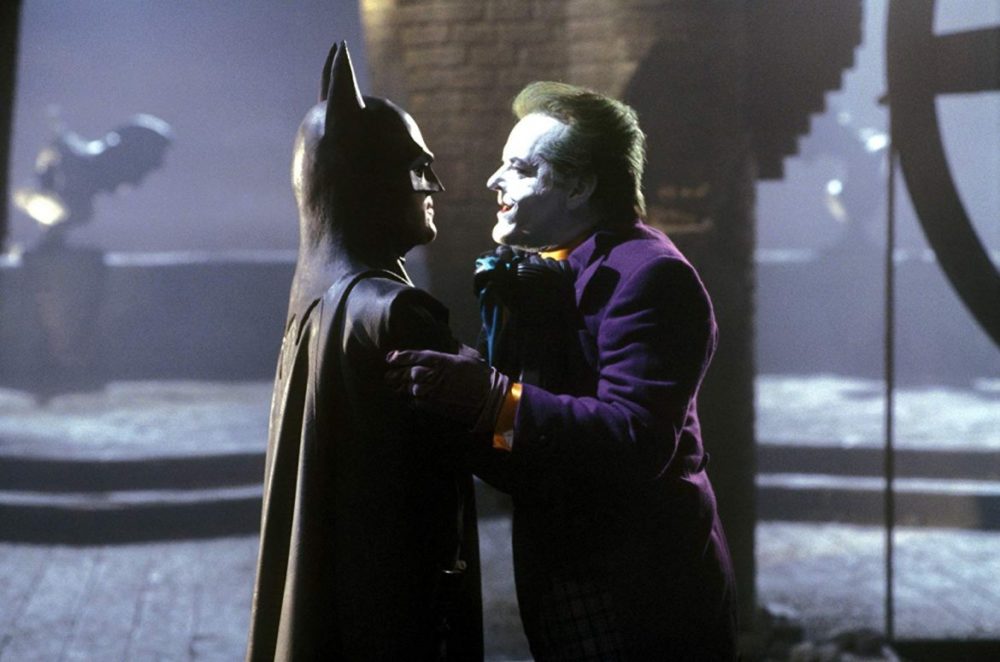
Batman 1989 – Sound UHD
The audio is presented in a Dolby Atmos mix, built upon a lossless Dolby True HD track. While not consistently aggressive in its use of spatial audio, the mix delivers impactful bass and precise placement of sound effects when the action intensifies. Danny Elfman’s score benefits significantly from this treatment, evoking a strong emotional response.
Batman‘s sound design reflects older conventions, where the majority of audio is focused on the front channels, with limited surround effects. The Atmos object placement enhances the experience compared to the original 5.1 version, though the difference is not dramatic. Overall, the soundtrack is well-executed, particularly due to the music. However, it does not match the immersive soundscapes of contemporary superhero films.
Batman 1989 – Extras UHD
The bonus features are included on the Blu-ray version (with the exception of the commentary tracks, which are also available in 4K) and are identical to previous releases. The commentary track is insightful, and the 72-minute documentary Shadows of the Bat: The Cinematic Saga of the Dark Knight is highly recommended for fans of the 80-year-old DC character.
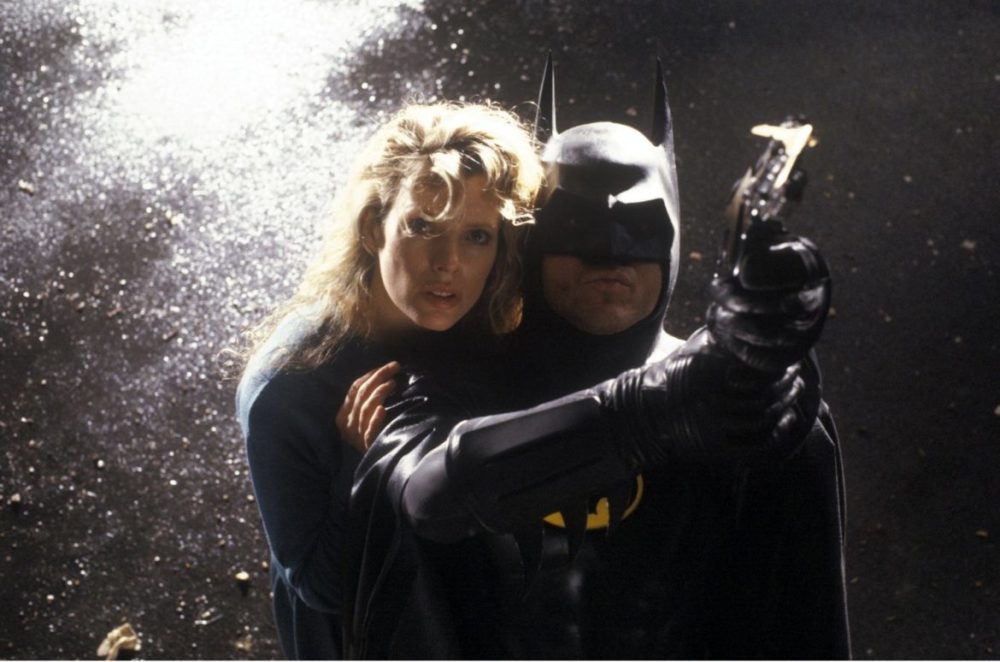
Summary
Tim Burton’s filmography is varied, ranging from exceptional works (as exemplified here) to less substantial projects. His contribution to the comic book film genre with this first, dark adaptation is notable. Burton’s Batman distinguishes itself with its nocturnal aesthetic and serious tone, while remaining a faithful adaptation. Keaton embodies the Caped Crusader effectively, and Nicholson’s Joker is a landmark cinematic performance. While Nolan’s later films represent a modern evolution of the genre, with Heath Ledger’s portrayal of the Joker, Batman 1989 remains a seminal work.
Burton directed a sequel, Batman Returns, three years later, featuring Keaton as Batman and Pfeiffer and DeVito as Catwoman and the Penguin, respectively. Its UHD release offers similar image and sound quality to the original. The third film, Batman Forever with Val Kilmer, is a marginal improvement over Schumacher’s Batman & Robin, starring George Clooney. These later installments are best overlooked, as the 4K presentation does not enhance their appeal.
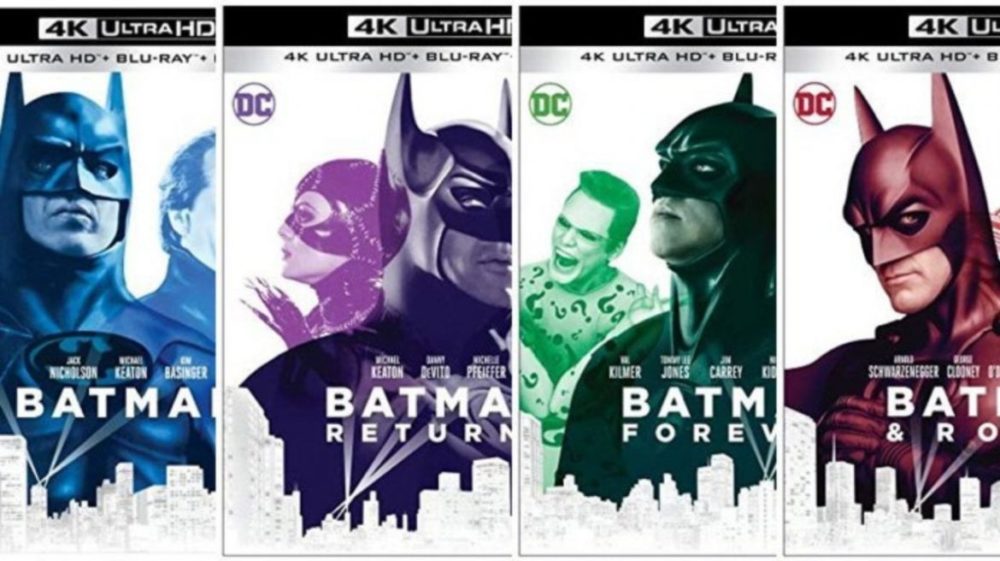
Warner’s decision not to utilize HDR10+ is regrettable, but the 4K presentation with HDR10 remains the optimal way to experience this cinematic classic. The film offers a fast-paced, faithful comic book adaptation with strong performances, notably Kim Basinger as Vicky Vale.
